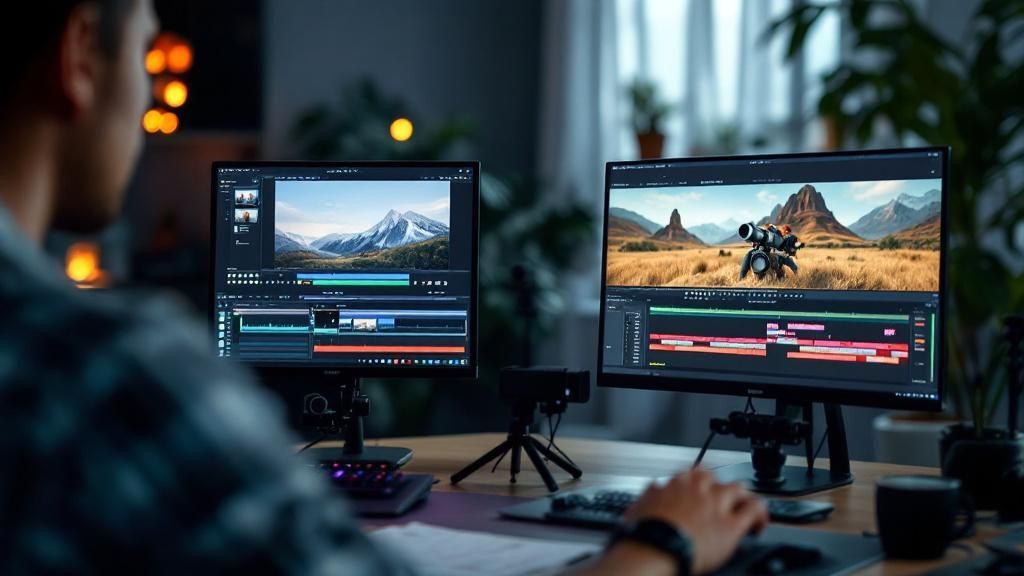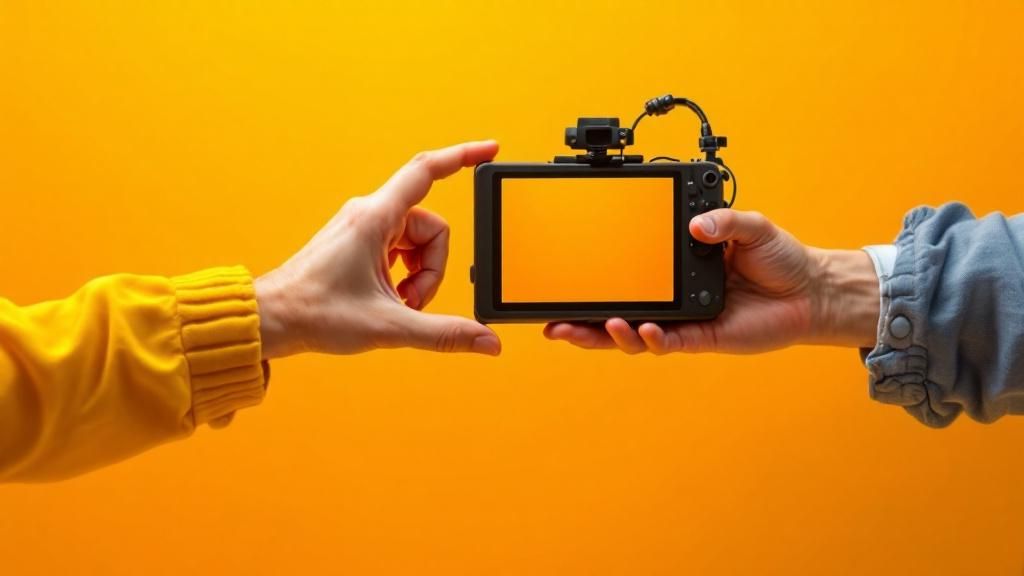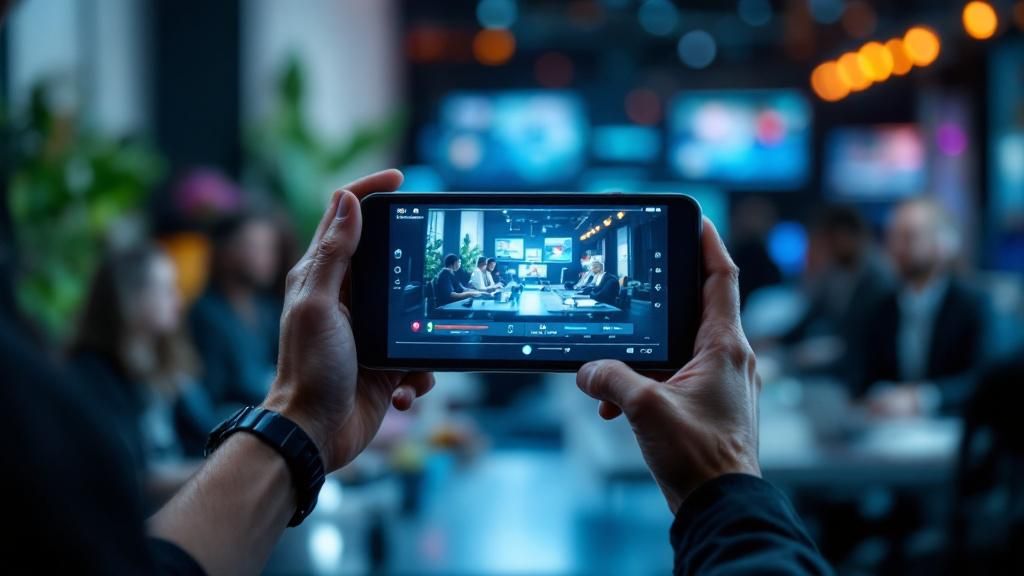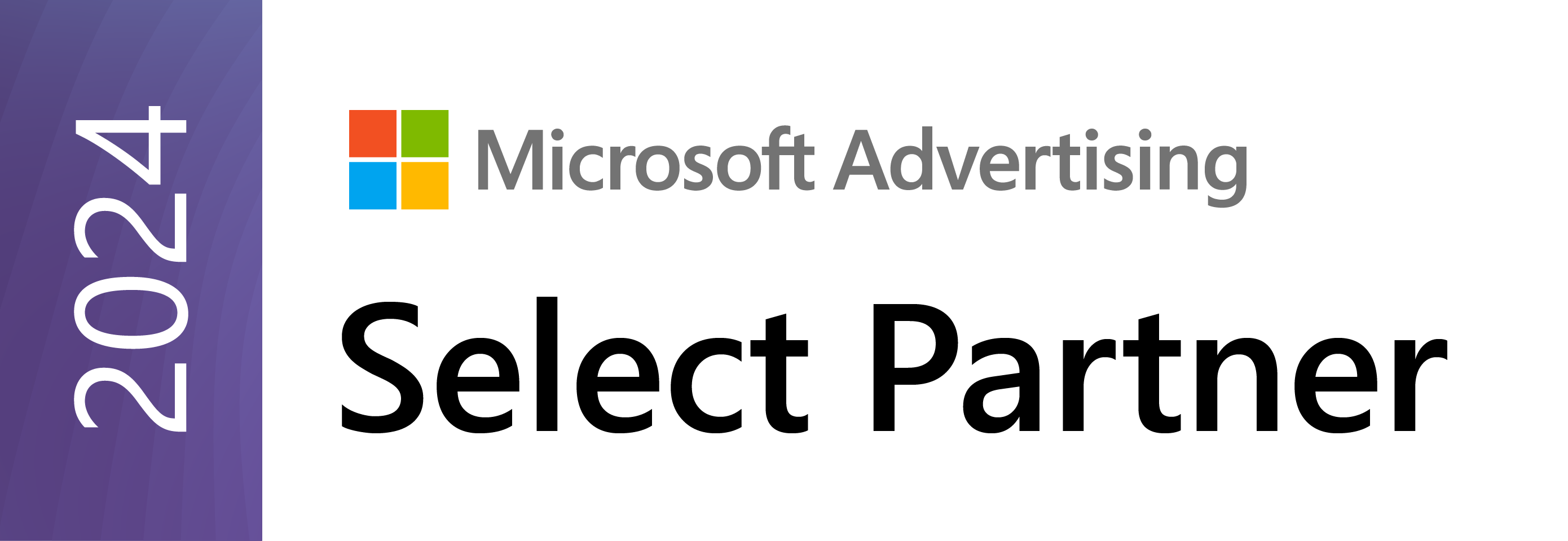
Live Streaming vs Pre Recorded Video Pros and Cons
Key Takeaways
-
Live streaming creates real-time engagement and fosters community interaction.
-
Pre-recorded videos allow for high-quality production and precise messaging.
-
Hybrid video strategies combine the best of both formats.
-
Businesses must align video types with audience behavior and campaign goals.
-
Future trends point to AI, interactivity, and immersive technologies shaping video production.
Video marketing is no longer optional for businesses serious about digital growth. But choosing the right video format can make or break your strategy. Should you go live and ride the wave of real-time excitement? Or should you craft a polished pre-recorded message that ensures perfection? This guide unpacks the pros, cons, and future outlook of both formats—and how you can leverage them to meet business objectives.
Understanding the Core Difference
Live streaming offers immediacy. It enables audience interaction in real time, making it perfect for Q&As, product launches, and live tutorials. Viewers feel like participants rather than passive observers.
Pre-recorded videos, meanwhile, offer polish and precision. They can be edited, refined, and stylized to deliver highly controlled messaging. This format is ideal for explainer videos, brand storytelling, and evergreen content.
Comparison Snapshot:
-
Live Streaming: Spontaneous, interactive, authentic
-
Pre-Recorded: Controlled, high-quality, evergreen
Both formats have a place. The key is knowing when to use each based on audience, intent, and platform.
State of the Industry: Live and Pre-Recorded Video Growth
The global appetite for video content continues to grow, with live streaming seeing exponential gains. The live streaming market surged from $1.24 billion in 2022 to $1.49 billion in 2023. More impressively, live content across platforms like Facebook receives over 60% more comments than pre-recorded videos.
In 2023 alone, live-streaming platforms racked up 38.3 billion hours watched, signaling a maturing yet thriving space. At the same time, demand for clean, pre-produced content remains steady, especially for internal communication, training, and B2B campaigns.
As the industry balances both trends, companies must adopt flexible strategies that integrate both real-time interaction and high-production storytelling.

Real-World Use Cases: When Brands Got It Right
Smart companies don’t choose one over the other—they blend formats to meet campaign needs.
-
Tech Company Conference: A keynote speech was streamed live for global access, while product demos and client stories were pre-recorded for on-demand replay. This created an engaging, flexible event.
-
Retail Brand Launch: By live streaming a product drop, the brand generated urgency and community buzz. Follow-up emails and social ads featured professionally edited highlight clips.
These success stories prove that hybrid video strategies can dramatically increase both reach and retention.
Expert Insights: Where Is Video Headed?
Industry experts agree that live streaming isn’t just a trend—it’s a shift in how brands engage. Real-time content outperforms static video in metrics like watch time and comments. Looking ahead to 2025, live video is expected to continue dominating event marketing, customer service, and influencer campaigns.
However, experts also caution against abandoning pre-recorded content. Many users prefer polished storytelling, especially in industries like healthcare, finance, and B2B. The smartest strategy? Use both.
As the live streaming market climbs toward an expected $4.89 billion by 2029, adaptability remains key.
Industry Impact: Beyond Marketing
Video trends are affecting more than just marketing teams:
-
Education: Virtual classes now blend live lectures with recorded modules.
-
E-commerce: Live shopping events have become a major conversion tool.
-
Corporate: Internal training videos and investor updates benefit from a mix of formats.
This evolution is pushing telecommunications, software, and hardware industries to support seamless, high-quality video delivery across channels.

Strategic Playbook: How to Use Video Formats Effectively
Not sure which to use when? Here’s a quick breakdown:
Use Live Streaming For:
-
Product launches and flash sales
-
Live Q&A sessions
-
Behind-the-scenes or event coverage
Use Pre-Recorded Video For:
-
Training and explainer videos
-
Brand storytelling
-
Paid social media ads
Blend Both With:
-
Hybrid webinars
-
Conference keynotes with live intros and pre-recorded content
-
Multi-platform campaigns where live events are followed by edited replays
To maximize engagement, consider using live video for real-time impact and pre-recorded content for long-term brand value.
Adapting to the Future: Building a Scalable Video Strategy
The smartest brands don’t chase trends—they build adaptable systems. Whether you’re a small business owner, creative agency, or enterprise team, aligning your content goals with the right video formats ensures your message cuts through the noise.
CS Design Studios has helped businesses blend live and pre-recorded content into unified campaigns that drive engagement and conversions. From planning to production to publishing, having a strategy-first partner makes the process smoother and more effective.
Video content isn’t slowing down. The question is: Are you using the right format at the right time?
Frequently Asked Questions
Is live streaming better than pre-recorded video?
It depends on your goal. Live streaming is better for interaction and urgency. Pre-recorded video is better for control and polish.
Which platforms support both video types?
Facebook, YouTube, LinkedIn, and Instagram all support live and pre-recorded formats, making them ideal for hybrid campaigns.
Can I use pre-recorded video in a livestream?
Yes. Many businesses stream pre-recorded video as part of a “simulive” strategy to combine engagement and quality.
How much should I budget for video content?
A basic live stream can cost a few hundred dollars, while a high-end pre-recorded campaign may range from $2,000 to $10,000+ depending on scope and production quality.
Should I hire a video production agency?
If you want a professional finish and results-driven strategy, yes. Agencies like CS Design Studios help you get the most out of your investment by aligning your video content with marketing goals.



